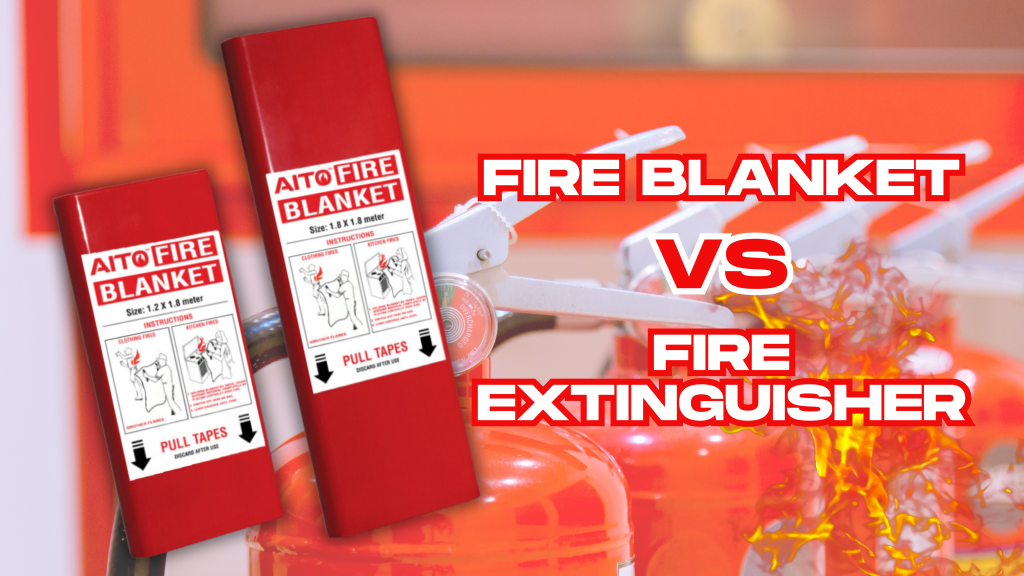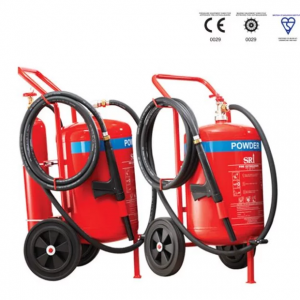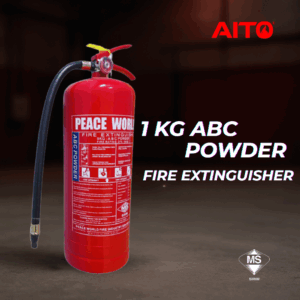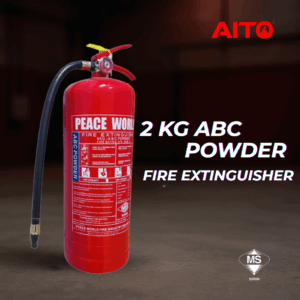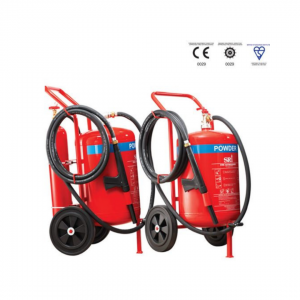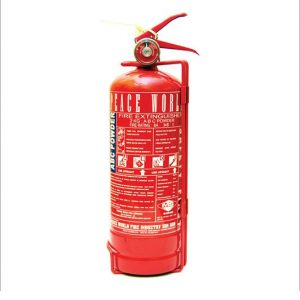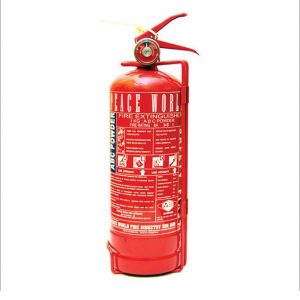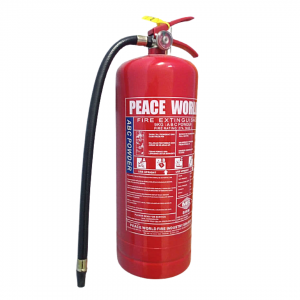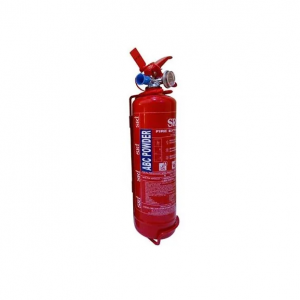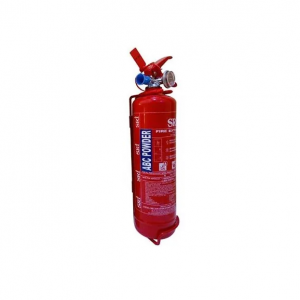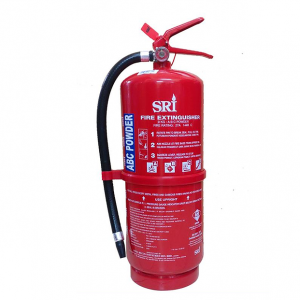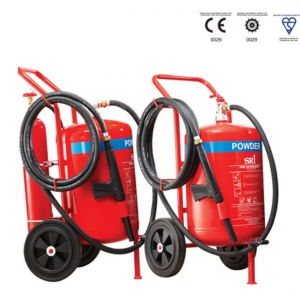Fire Blanket vs. Fire Extinguisher: When to Use?
Fire safety is a critical aspect of both home and workplace environments. Having the right equipment on hand can be the difference between a little fire and an entire incident. Among the various tools available to combat small fires, fire blanket and fire extinguisher are two of the most common and effective. While both serve to extinguish fires, they are suited for different types of fire incidents and situations. Understanding when to use each can significantly enhance your ability to manage fire emergencies effectively.
Understanding Fire Blanket
A fire blanket is a safety device made from fire-resistant materials, such as fiberglass or wool, often treated with flame retardants. Designed to smother small fires, fire blankets work well on those types of fire started by cooking oil, paper, or textiles by cutting off the fire’s oxygen supply which is crucial for combustion. They are particularly effective in situations where using a fire extinguisher might be dangerous or ineffective. Besides, they are easy to handle and use. But remember that they requires regular inspection for tears or holes
When to Use Fire Blanket
- Cooking oil fires: Fire blankets are highly effective in smothering grease fires in kitchens. Covering the fire with a blanket cuts off the oxygen supply, preventing the flames from spreading.
- Small, contained fires: Fire blankets are ideal for small fires involving paper, textiles, or other materials that can be easily covered.
- Clothing fires: If a person’s clothing catches fire, wrapping them in a fire blanket can extinguish the flames quickly and safely. This method also helps prevent burns by reducing direct contact with the flames.
- When a fire extinguisher is not readily available: In situations where a fire extinguisher is not immediately accessible, a fire blanket can be a quick and effective solution.
Understanding Fire Extinguisher
A fire extinguisher is a portable device filled with a fire-extinguishing agent used to put out small fires. On the other hand, fire extinguisher are portable devices that discharge a jet of water, foam, gas, or other materials to extinguish a fire. Different types of fire extinguishers are designed for specific types of fires, such as Class A (ordinary combustibles), Class B (flammable liquids), Class C (electrical fires), Class D (combustible metals) and Class K (cooking oils and fats). They are particularly effective in situations where using a fire extinguisher might be dangerous or ineffective. Besides, they are portable usage but may be heavier. But remember that they requires regular pressure checks and recharge.
When to Use Fire Extinguisher
- Electrical fires: Fire extinguishers specifically designed for Class C fires (electrical fires) should be used to extinguish fires involving electrical equipment.
- Larger fires: For larger fires that have spread beyond a small area, a fire extinguisher is often more effective. The range and capacity of a fire extinguisher allow you to tackle larger blazes from a safer distance. It can help to control the fire until emergency services arrive.
- Fires with fuel sources: Fires involving flammable liquids (Class B) or electrical equipment (Class C) often require the specific extinguishing agents found in fire extinguishers. These agents can interrupt the chemical reactions occurring in these types of fires.
- Metal fires: Combustible metal fires (Class D) require special dry powder extinguishers designed to absorb heat and smother the flames.
- Specific fire types: Different types of fire extinguishers are designed for different types of fires. It is essential to choose the correct type of extinguisher for the specific fire situation.
Combining Both for Optimal Safety
For comprehensive fire safety, having both fire blankets and fire extinguishers readily accessible is the best strategy. Each tool has its strengths and specific use cases, making them complementary in managing fire emergencies. By understanding the differences between fire blankets and fire extinguishers, you can increase your chances of effectively responding to a fire and minimizing damage. Besides, make sure to ensure that everyone in your home or workplace knows where these devices are located and how to use them properly.
Stay informed and prepared. Schedule a fire safety training session by contacting us today and learning how to use fire blankets and extinguishers properly. Your safety is our mission – let’s achieve it together!

